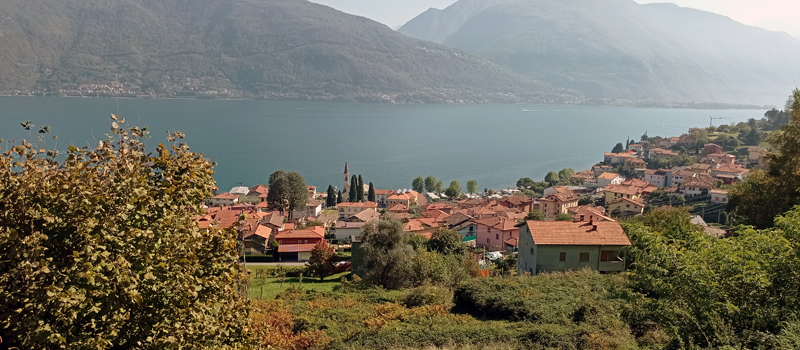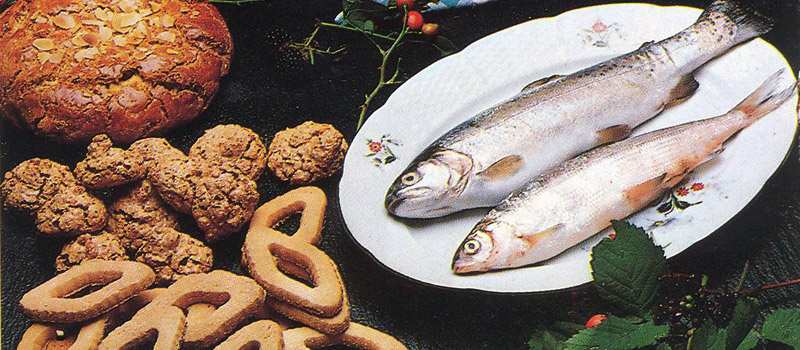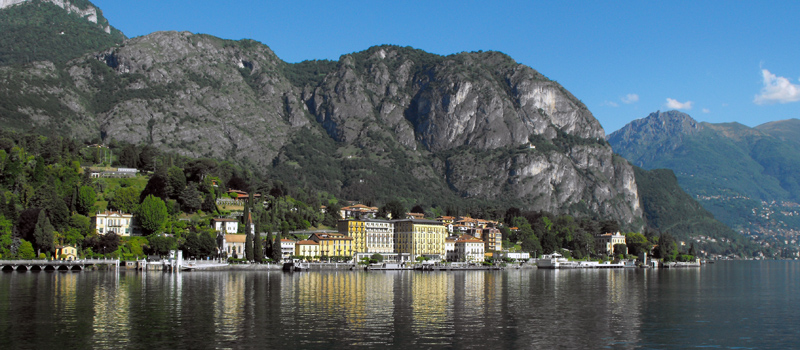
The castle stands on a hill behind the village of Menaggio, the building dates back to the tenth century. Today you can still see the parts of the perimetral walls, the entrance, the ruins of two towers and some buildings built after 1523, the year of decommissioning of the fortification.
The strategic position of the castle was due to the natural boundary of the stream Senagra, its location above the village and the proximity of the lake. Most likely the construction of the castle of Menaggio occurred on an earlier Roman fort, later rebuilt and organized to deal with the incursions of the Hungarians (899-954). The first official document that relates to the fortification dates back to the year 934, it is the concession that Ugo of Provence did to Gerardo Castelli of Milan, about friendship and vassal - beneficiary relationships.
During the ten years' war (1118-1127), which saw opposing the towns of Como and Milan, the castle suffered repeated attacks by the people of Como, in 1124 came the most dramatic and bloody combat, the people of Menaggio resisted, but the losses and the atrocities that were consumed in the siege were many. Only in 1295 the Como managed to storm the fort, expelled the feudatory Littardo de Castello and installed Matteo Visconti, then Imperial Vicar of Lombardy.
From 1516 the lords of the Grey Leagues, originating from Switzerland, rulers of Locarno, Lugano and subsequently the Valtellina, attempted to seize the fortress of Menaggio. The castle was conquered and destroyed in 1523, later the Grisons had dismantled it completely. In 1614 on the ruins of the fort was built the church of Saint Carlo, which gave hospitality to the religious community of the Canon Regular Lutherans.

In Pianello the International Museum of Vintage Boats is definitely worth a visit, set up in an old spinning mill which houses over four hundred boats that recount two millennia of nautical history here on Lake Como, a unique exhibition.
Pianello del Lario
Dried Shad (Agone), called Missoltini or Missultin, were at one time a precious food for inhabitants of Lake Como, the particular processing allowed them to be conserved for more than a year, excellent traditional Lake Como cuisine.
Lario Cuisine
In Griante stands the ancient church dedicated to Saints Nabore and Felice, while with a short excursion it is possible to reach the church of San Martino suspended on the homonymous stone in a splendid panoramic position.
Griante - Cadenabbia